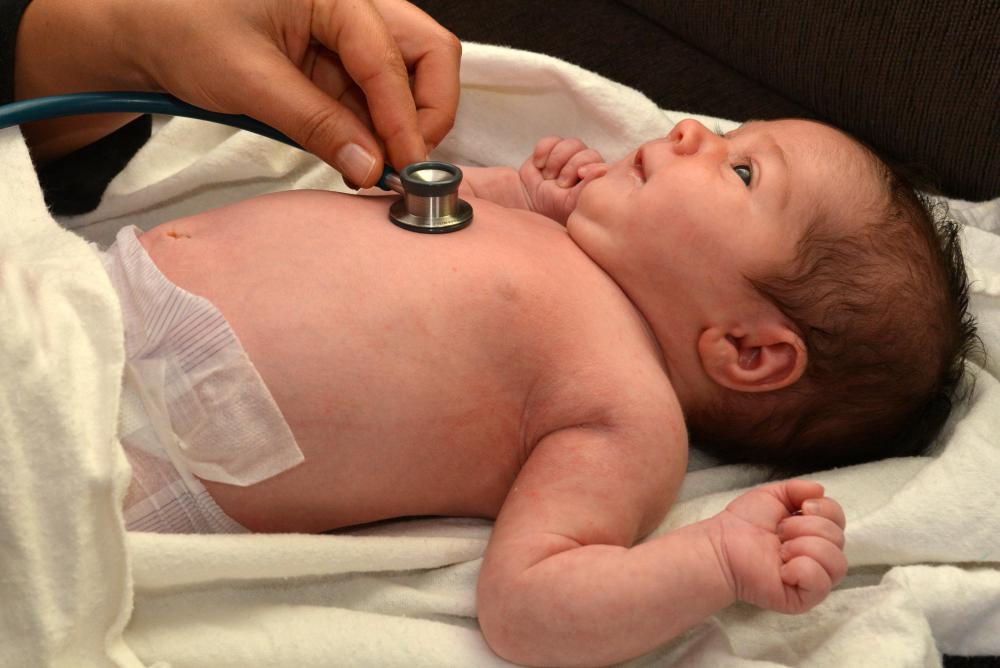At WiseGEEK, we're committed to delivering accurate, trustworthy information. Our expert-authored content is rigorously fact-checked and sourced from credible authorities. Discover how we uphold the highest standards in providing you with reliable knowledge.
What is Proteus Syndrome?
Proteus Syndrome is an extremely rare congenital condition which causes abnormal growth of skin, bone, and fatty tissue. It is estimated that less than 200 people worldwide are alive at any given time with this condition, although it is possible that additional cases are not diagnosed because the symptoms are too mild. This condition is believed to be a type of genetic mosaicism, a condition caused by the development of abnormalities in some of the cells of the body, and this explains why Proteus Syndrome is unique to each patient, presenting in a wide variety of ways.
One famous sufferer of Proteus Syndrome was Joseph Merrick, also known as the Elephant Man. His case of the condition was extremely severe, and it manifested in the form of twisted, gnarled bones, outgrowths of skin, and large tumors. Many Proteus Syndrome patients develop tumors associated with the condition, along with circulatory problems related to venous malformations. In some cases, malformation of blood vessels can lead to severe injury or death for the patient.

This condition was first categorized and described in 1979, by Doctor Michael Cohen. It is named for the Greek god Proteus, who was capable of changing his shape, to reflect the gradual physical changes which occur in Proteus patients. Typically, the patient starts out physically normal, and then develops abnormally, displaying asymmetrical growth which can manifest in a variety of ways, from outgrowths of bone to the development of skin flaps.
The severity of Proteus Syndrome is quite varied. Some patients are only lightly afflicted and able to live relatively normal lives, while others suffer severe pain and medical problems as a result of the changes in their bodies. Diagnosis of the condition typically follows a careful evaluation of the patient which rules out any other potential causes of the condition; because it is associated with mosaicism, Proteus Syndrome cannot always be diagnosed through genetic testing, since some cells in the body will be normal, while others will be mutated.
Proteus Syndrome has no cure, but it can be treated. Management of the condition primarily focuses on addressing the symptoms of the disorder. Tumors, for example, will be removed, and surgical techniques may be used to cope with the abnormal growth of bone and skin. Some patients also take drugs to reduce pain associated with the condition, and to treat inflammations and infections which may arise as a result of Proteus Syndrome.
AS FEATURED ON:
AS FEATURED ON:











Discuss this Article
Post your comments